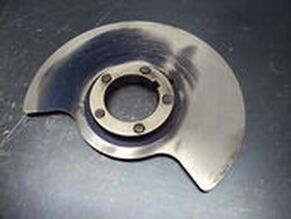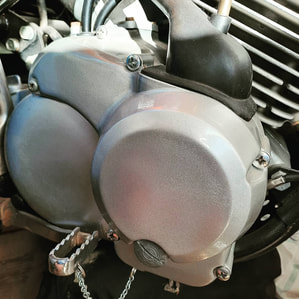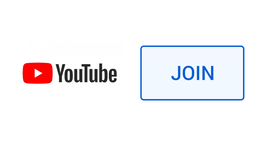Kawasaki Rotary Valve Engines - FAQ
This page is a FAQ or Frequently Asked Questions specifically about models that feature Kawasaki's 2 stoke rotary valve engines. This page will discuss these Kawasaki models (1965-2001) J1, J1D, J1DL, J1M, J1T, J1TL, B1, B1L, C1, C1L, C1DL, C1TR, C2TR, C2SS GA1A, GA2A, G3SSA, G3TR (Bushmaster), G3TRA, MC1, MC1M, G4TR (TrailBoss), G5, KE100, KS125, KE125, KD125, KX125 (1974-76), KE175, KD175, G31MA. F1, F1TR, F2, F2TR, F3 (Bushwacker), F21M, F5 (Big Horn), F6, F7, F8 (Bison), F81M, F9, 81LA. Also the twin cylinder models A1 (Samurai), A1SS, A7 (Avenger), A7SS from 1967-1971.
What is a rotary valve?
Pros & Cons As with any engine design there are pros & cons and a rotary valve engine is no different.
|
Pros:
Precise control of the intake timing versus other 2 stroke designs. Straight intake flow directly into the crankcase for efficiency Lower engine center of gravity with side mounted carb. Intake timing can be asymmetric in respect to exhaust port timing. Crankcase pressure and thus scavenging can be improved. |
Cons:
More complex design, more sealing surfaces and chances for air leaks. Intake runners are very short and can hinder intake velocity for certain applications. Engines are wider because the carburetor(s) need to be mounted on the side(s) of the engine. Rotary Valve Disc can experience wear and need to be replaced Generally nosier versus piston port & reed valve designs. (subjective) |
Kawasaki really took the rotary valve design to its limit in the early days of the motorcycle boom years.
Looking for Kawasaki repair and service manual specifications? Many models documented. Click the button below.







